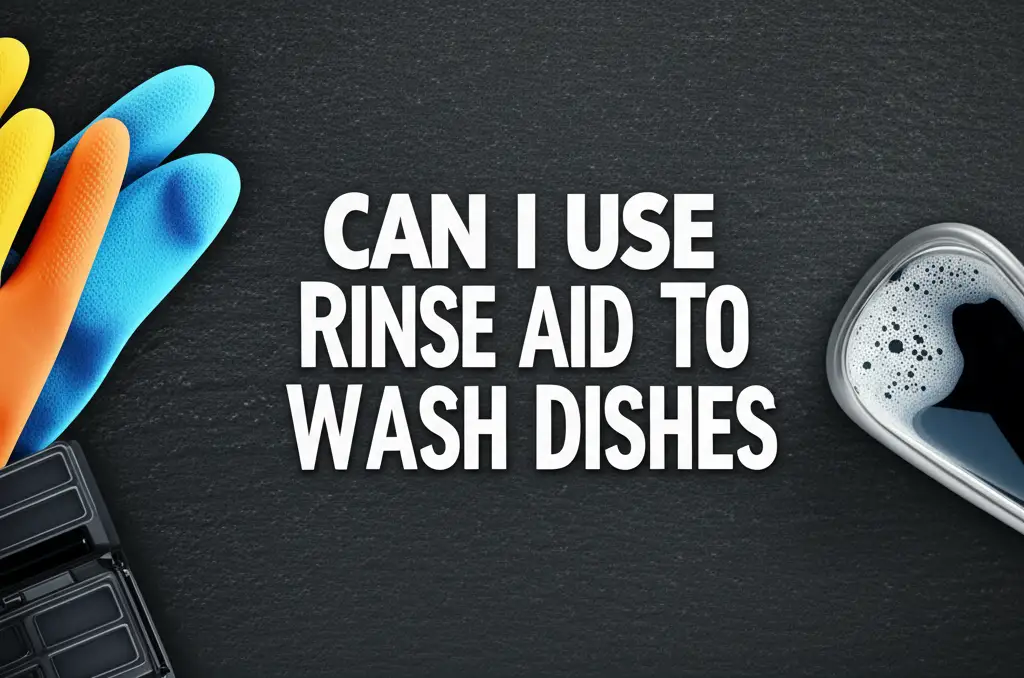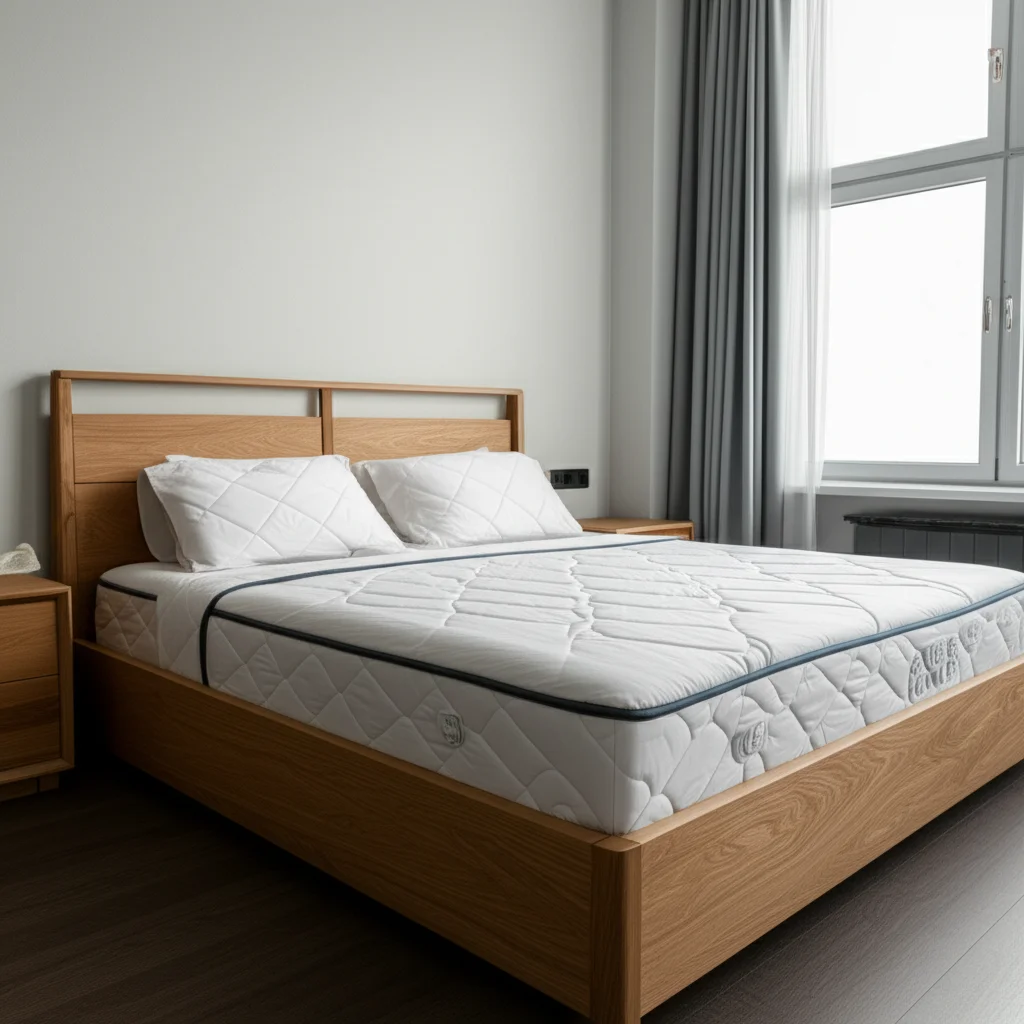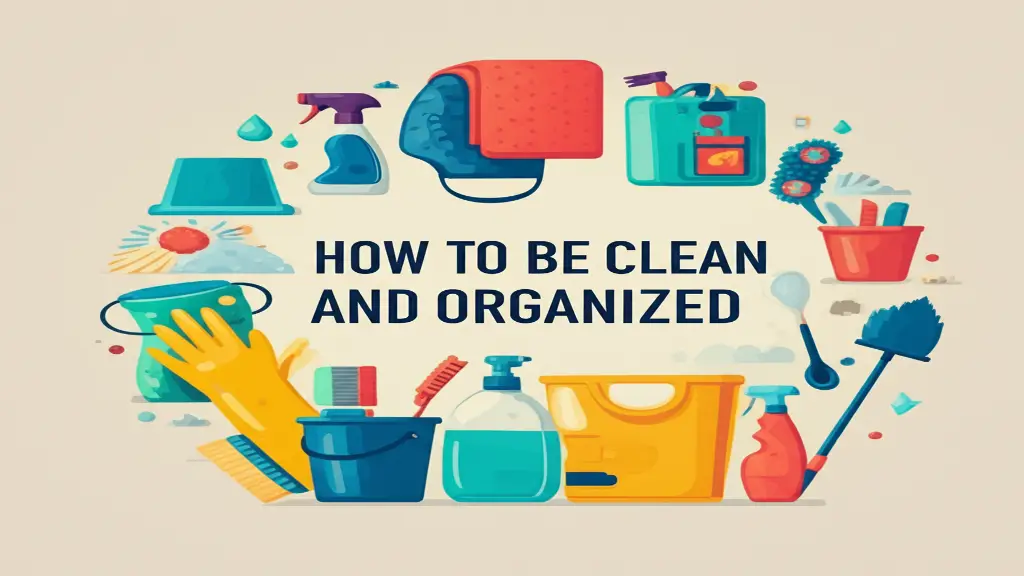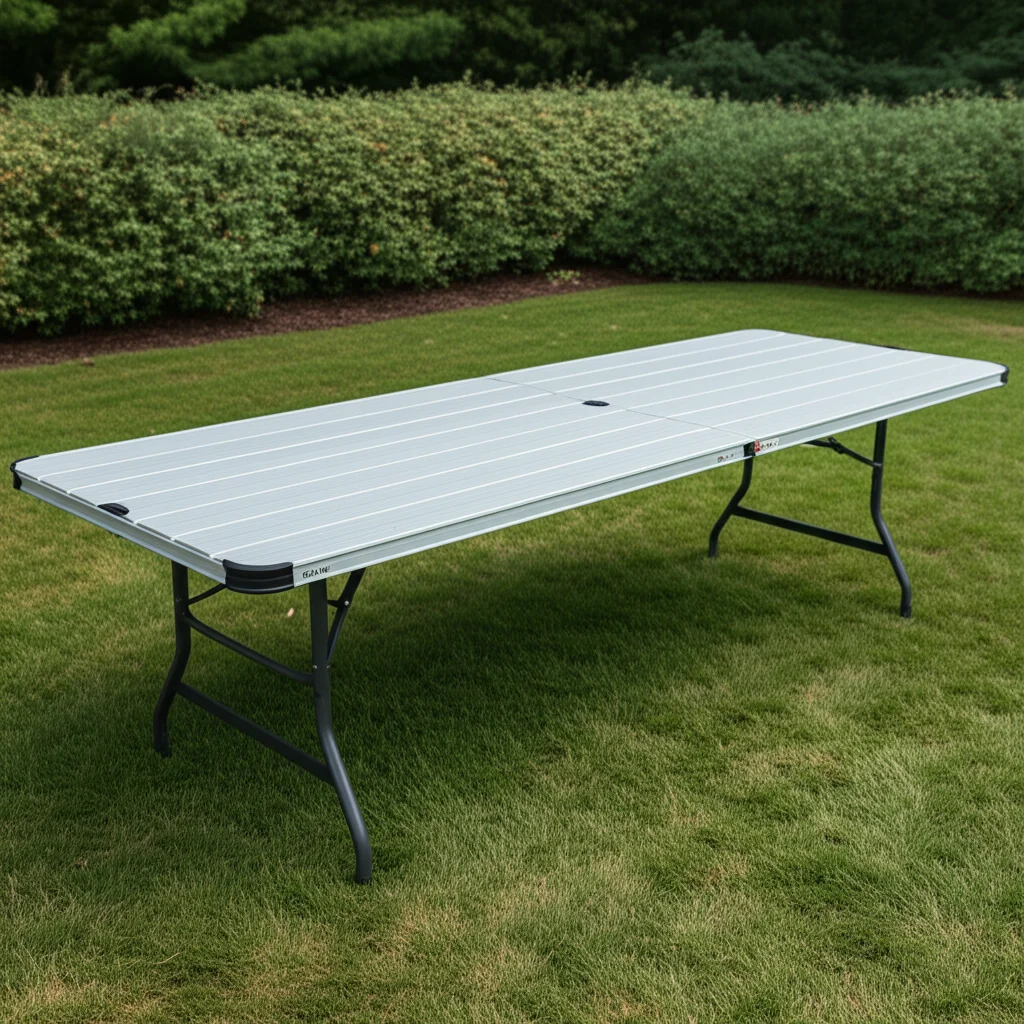· Todd Martin · Home Essentials · 20 min read
How To Put Sheets On A Bunk Bed
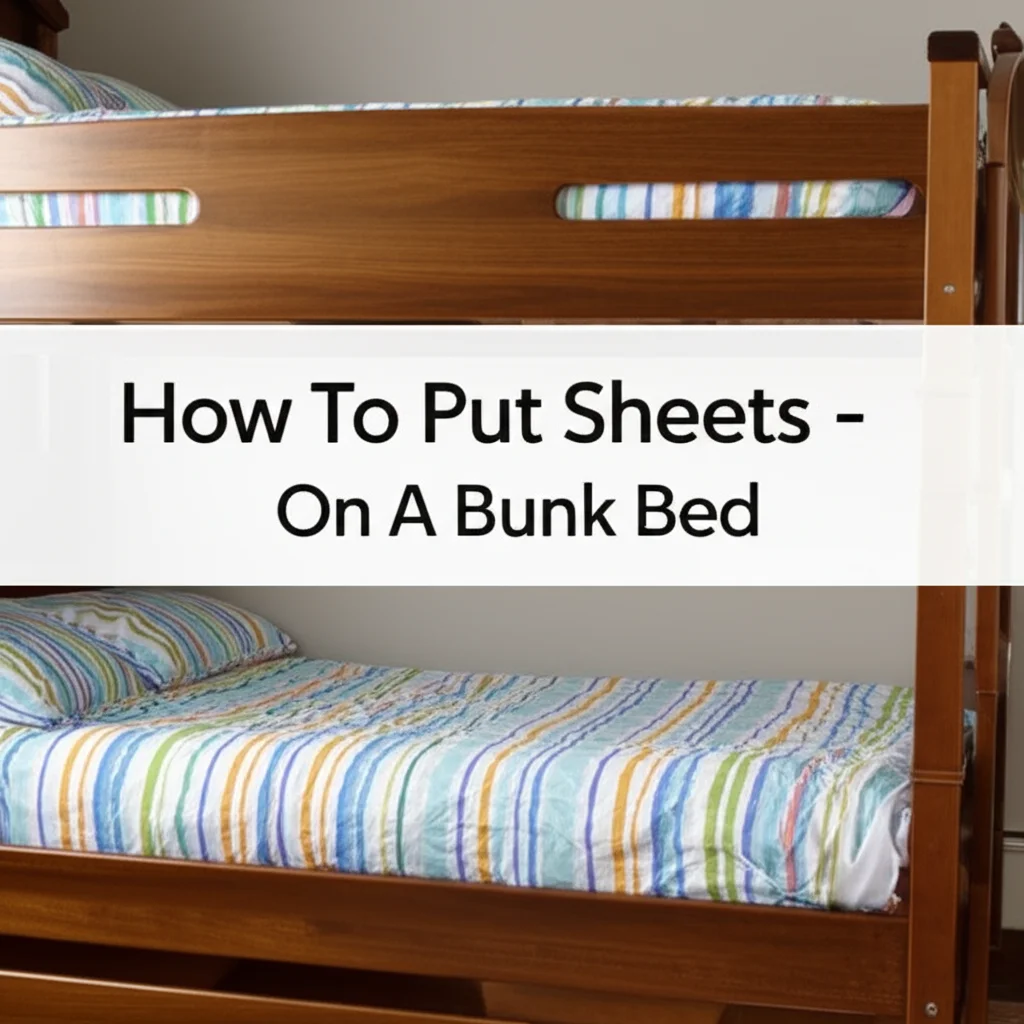
Master How To Put Sheets On A Bunk Bed With Ease
Putting sheets on a bunk bed often feels like a challenging task, especially when dealing with the elevated top bunk or the cramped space of the lower one. Many people struggle with fitted sheets that refuse to stay put or flat sheets that require acrobatic maneuvers. I remember my first time trying to make a bunk bed; it felt like a puzzle with too many pieces and not enough room.
This guide helps you learn how to put sheets on a bunk bed efficiently. We will explore practical strategies, essential tools, and smart tips to simplify this chore. From selecting the right bedding to mastering the top and bottom bunks, this article covers it all. You will find step-by-step instructions and creative solutions. My goal is to transform this tricky job into a simple routine for you.
Takeaway
- Gather essential tools like mattress clips or sheet suspenders.
- Prioritize safety, especially when making the top bunk.
- Use specific techniques for the top and bottom bunk for easier sheet changes.
- Consider specialized bedding like zipper sheets or deep-pocket fitted sheets.
- Maintain a routine for cleaning sheets to keep bunk beds fresh and inviting.
To put sheets on a bunk bed, first gather appropriate bedding, preferably deep-pocket or zipper sheets. For the top bunk, ensure safety by using a step stool and working methodically. For the bottom bunk, pull the mattress out slightly if possible. Secure fitted sheets with suspenders and neatly tuck flat sheets.
Understanding Bunk Bed Sheet Challenges
Bunk beds offer excellent space-saving solutions, especially in children’s rooms or small apartments. However, their design creates unique difficulties when it is time to change the bedding. The elevated nature of the top bunk and the confined space of the bottom bunk make traditional bed-making methods nearly impossible. I have heard many stories from parents and guardians about the struggles they face.
One main challenge is the limited access to the mattress. On the top bunk, you must reach over railings or stand on a stool, which can be awkward and unsafe. The bottom bunk often sits close to the floor or a wall, making it hard to maneuver around. Standard fitted sheets can also be a problem. They often slip off the mattress corners due to the movement of children or the difficulty in securing them properly. This constant slipping means frequent adjustments, which adds to the frustration.
Another difficulty arises from the mattress itself. Bunk bed mattresses are often lighter and thinner than regular mattresses. This makes them prone to shifting as you try to pull sheets over them. Sometimes, the mattress lacks enough weight to hold the sheet in place while you stretch it over the opposite corner. This constant battle against a shifting mattress and tight spaces makes many people dread sheet-changing day. However, with the right approach and some clever tools, these challenges become manageable.
Essential Tools and Bedding for Bunk Beds
Having the correct tools and bedding makes a big difference when putting sheets on a bunk bed. You do not need many items, but the right ones simplify the process immensely. I learned that quickly after struggling with standard sheets for too long. Investing in a few specific items saves time and reduces frustration.
First, consider the type of sheets you use. Standard fitted sheets often do not have enough depth for bunk bed mattresses, even if they are thin. Look for deep-pocket fitted sheets. These sheets have extra fabric in the corners, which helps them grip the mattress more securely. Some brands even offer bunk bed specific sheets designed with elastic all around, not just at the corners. This design helps the sheet stay put much better.
Second, think about accessories that help secure the sheets. Mattress clips or sheet suspenders are incredibly useful. These elastic straps with clips attach to the corners or edges of the fitted sheet, pulling it taut underneath the mattress. This prevents the sheet from slipping off during the night. I always recommend these for any bed that struggles with fitted sheets. You can also find specialized “bunk bed zip-up sheets.” These systems combine the fitted sheet, flat sheet, and sometimes even a thin blanket into one zippered unit. You zip the top layer to the fitted bottom layer, making it impossible for the top sheet to come untucked. While they might be an investment, they are a game-changer for daily tidiness.
Types of Sheets to Consider
- Deep-Pocket Fitted Sheets: These offer extra fabric to wrap securely under the mattress. They are especially helpful for thicker bunk bed mattresses or those with mattress toppers. Ensure the pocket depth matches or exceeds your mattress height.
- Zipper Sheets: These innovative sheet sets feature a fitted sheet that zips to a top sheet or duvet cover. They are ideal for children who struggle to keep their bedding organized. Zippers ensure everything stays in place.
- Elasticized Fitted Sheets: Some fitted sheets designed for bunk beds have elastic all around the hem, providing a snugger fit than those with elastic only at the corners. This full elastic edge helps the sheet grip the mattress tightly.
Using a small step stool can also be very helpful for reaching the top bunk safely. It provides stability and allows you to apply pressure downwards, making it easier to stretch and secure the sheets. Ensure the step stool is sturdy and has a non-slip surface. These small additions simplify what can be a very challenging chore, turning it into a manageable task. When you are done making the bed, remembering to clean your bed sheets regularly ensures a fresh sleeping environment.
Step-by-Step Guide: Putting Sheets on the Top Bunk
Putting sheets on the top bunk is often the most challenging part of making a bunk bed. The height and railings require a systematic approach and attention to safety. I have found that breaking it down into smaller steps makes it less daunting. Always prioritize your safety and the safety of the person using the bed.
Prepare the Area and Gather Sheets
Before you begin, remove all existing bedding from the top bunk. If possible, consider how to assemble a bunk bed with stairs if you are setting up a new one, as stairs can make access easier. Have your clean fitted sheet, flat sheet, blanket, and pillowcases ready. If you use mattress clips or sheet suspenders, have them open and ready to attach. Ensure you have a sturdy step stool or ladder nearby. Place it firmly on the floor. Do not try to balance on unstable furniture. Safety is key, especially when reaching over the top.
Attaching the Fitted Sheet
- Start at the Far Corner: Stand on your step stool. Begin with the fitted sheet on the corner furthest from you, ideally at the head of the bed if it is against a wall. Stretch the elastic over that corner of the mattress.
- Move to Adjacent Corners: Work your way around the mattress, pulling the fitted sheet over each corner one by one. If the mattress is light, it may lift. Use your free hand to hold the mattress down while you stretch the sheet.
- Secure with Clips (Optional but Recommended): Once the fitted sheet is on, attach your mattress clips or sheet suspenders. These connect the corners or edges of the sheet underneath the mattress, pulling it taut. This is particularly helpful for keeping a fitted sheet on the bed securely, preventing it from slipping off during use. Reach under the mattress to connect the clips, ensuring they are firm.
- Check for Wrinkles: Smooth out any major wrinkles on the surface of the fitted sheet.
Adding the Flat Sheet and Blanket
- Drape the Flat Sheet: Lay the flat sheet evenly over the fitted sheet. Ensure you have enough overhang on all sides to tuck in.
- Add the Blanket/Duvet: Place the blanket or duvet on top of the flat sheet, centered.
- Tuck from the Foot: If possible, go to the foot of the bed and tuck the flat sheet and blanket together under the mattress.
- Side Tuck (Hospital Corners): For the sides, you may not be able to do full hospital corners due to the railing. Instead, simply tuck the excess fabric neatly between the mattress and the bed frame. Do this as much as you can. A long stick or broom handle can help push the fabric down in tight spots.
- Pillow Placement: Finally, put the pillow in its case and place it at the head of the bed.
Making the top bunk takes practice. Take your time, and remember that neatness is often secondary to safety and functionality in this scenario.
Mastering the Bottom Bunk Sheet Placement
While the top bunk presents challenges with height, the bottom bunk offers its own set of difficulties due to limited access and cramped space. It often sits close to the floor, a wall, or another piece of furniture, making it hard to move around the mattress. I have discovered a few tricks that make this process much smoother.
Improving Access to the Bottom Bunk
The key to easily putting sheets on the bottom bunk is to improve your access to the mattress. If your bunk bed design allows, pull the mattress out slightly from the bed frame. Even pulling it out a few inches can give you enough room to maneuver your hands and tuck the sheets more effectively. You might need to pull it out from one side, then walk around to the other, or pull it out from the foot of the bed.
If the mattress cannot be moved easily, you will need to work in sections. Start by tackling the side that is most accessible, usually the side facing into the room.
Attaching the Fitted Sheet on the Bottom Bunk
- Start with the Hardest Side First: If one side of the bottom bunk is against a wall, tackle that side first. Push the mattress as close to the opposite side as possible. This creates a small gap on the wall side, allowing you to reach down and pull the fitted sheet over the two corners on that side. Use your body to hold the mattress in place if it slides.
- Work Around the Corners: Once the wall side is done, push the mattress back into place. Then, move to the open side. Pull the fitted sheet over the remaining two corners.
- Smooth and Secure: Once the fitted sheet is on all four corners, smooth out any wrinkles. If you use sheet suspenders, attach them now. This helps the sheet stay snug, especially if the user moves a lot during sleep. A well-secured sheet means less frequent adjustments, which is a blessing in tight spaces.
Laying and Tucking the Flat Sheet
- Center the Flat Sheet: Drape the flat sheet evenly over the fitted sheet. Ensure there is enough overhang at the foot and sides for tucking.
- Tuck from the Foot: Go to the foot of the bed and tuck the flat sheet and any blanket underneath the mattress.
- Side Tucking: For the sides, if you have pulled the mattress out slightly, you can tuck neatly. If not, carefully tuck the sheet between the mattress and the frame as best as you can. You might use a thin, flat object, like a yardstick or a ruler, to push the sheet down into the gap.
- Pillow Placement: Place the pillow in its case at the head of the bed.
Remember, the goal is functionality and comfort. While perfect hospital corners might be hard to achieve on a bottom bunk, a neatly tucked, secure sheet ensures a good night’s sleep. Regular cleaning of your sheets also contributes to overall comfort and hygiene, ensuring your bunk bed is always fresh.
Smart Strategies for Easier Bunk Bed Sheet Changes
Changing sheets on bunk beds does not have to be a dreaded chore. With a few smart strategies and consistent practices, you can make the process quicker and less strenuous. I have found that planning ahead and implementing simple habits drastically reduces the effort involved.
Establish a Routine
One of the simplest yet most effective strategies is to establish a regular sheet-changing routine. Instead of waiting until the sheets are visibly dirty, pick a specific day each week or every other week. This consistent schedule helps you anticipate the task and keeps the beds fresh. A routine also means you are always prepared, with clean sheets ready to go. For example, I mark it on my calendar, so it does not sneak up on me. Regular changes also mean less built-up dirt, making the washing process easier. For tips on how to keep your sheets fresh between washes, you might consider how to clean bed sheets without washing them.
Use Specialized Bedding Solutions
As mentioned before, specialized bedding can be a game-changer. Zipper sheets or “beddy” systems are incredibly efficient. These combine the fitted sheet, flat sheet, and even a comforter into one unit that zips up around the mattress. For a bunk bed, this means you only need to zip and unzip, eliminating the need for tucking. These are particularly useful for top bunks where access is limited.
Deep-pocket fitted sheets, especially those with elastic all around, also reduce frustration. They grip the mattress more securely, preventing the common problem of corners popping off. Investing in these items upfront saves significant time and effort in the long run. They make the bed look tidy with minimal effort.
Involve the User
If the bunk bed is for children old enough to help, involve them in the process. Even young children can assist by pulling the blanket, smoothing the flat sheet, or carrying pillows. Older children can be taught how to put on their own sheets, especially on the bottom bunk. This not only lightens your load but also teaches them responsibility and how to care for their own space. Make it a team effort, and it feels less like a chore.
Prep Ahead of Time
Before you start, gather all your fresh bedding items. Lay them out in order: fitted sheet, flat sheet, blanket, pillowcases. This way, you are not constantly reaching for new items or forgetting something. If you plan to use mattress clips, have them open and ready. A clear workspace and organized supplies make the task go much faster. Consider having multiple sets of sheets for each bunk. This way, you can easily swap out a dirty set for a clean one without immediately doing laundry. This is a real time-saver during busy mornings.
Choosing the Right Sheets and Accessories
Selecting the correct sheets and accessories is crucial for simplifying the bunk bed sheet-changing process. Not all bedding is created equal, and some features are far more beneficial for bunk beds than others. My personal experience has shown that a little thought in this area saves a lot of hassle later.
Prioritize Deep Pockets and Full Elastic
When buying fitted sheets, always check the pocket depth. Bunk bed mattresses, while often thinner than standard mattresses, can still be a challenge if the sheet’s pockets are too shallow. Aim for sheets labeled “deep pocket” or specify a generous depth (e.g., 15 inches or more), even if your mattress is only 6-8 inches thick. This extra fabric allows the sheet to tuck further under the mattress, providing a more secure grip. Additionally, look for fitted sheets with elastic running all the way around the hem, rather than just at the corners. This full elastic band creates a much tighter fit, significantly reducing the likelihood of the sheet popping off.
Explore Bunk Bed Specific Bedding
The market offers bedding specifically designed for bunk beds. These often include:
- Zipper Sheets (Beddy’s or Similar): As mentioned, these revolutionary sheet sets combine the fitted sheet and top sheet (and often a light comforter) with a zipper. You simply zip them up, and the bed is made. This eliminates tucking and ensures the top sheet never comes untucked. They are fantastic for children who tend to kick off blankets or for making the top bunk incredibly easy.
- Contour or Custom-Fit Sheets: Some manufacturers offer contour sheets that are molded to the exact dimensions of a bunk bed mattress, providing a glove-like fit. While potentially more expensive, they offer superior security and a neat appearance.
Invest in Sheet Suspenders or Clips
Even with deep-pocket or fully elasticized sheets, active sleepers can still dislodge a fitted sheet. Sheet suspenders or mattress clips are inexpensive accessories that provide an extra layer of security. These elastic straps attach to the corners or sides of the fitted sheet and run underneath the mattress, pulling the sheet taut. They are easy to install and highly effective at preventing slippage. I consider these an essential item for any bunk bed. They prolong the life of your fitted sheets by reducing stress on the elastic and corners.
Consider Material and Durability
Choose sheet materials that are durable and easy to care for. Cotton blends, microfiber, or percale cotton are good options. They withstand frequent washing and are generally soft and comfortable. Given the potential for more wear and tear on bunk bed sheets, especially if children are using them, durability is a key factor. A durable sheet will not stretch out of shape easily, maintaining its snug fit over time. Also, remember to clean bed stains promptly to keep your sheets looking new.
Maintaining Cleanliness and Comfort on Bunk Beds
Beyond just putting sheets on, maintaining cleanliness and comfort on bunk beds is essential for a healthy sleeping environment. Children especially benefit from fresh, clean bedding. Regular maintenance practices extend the life of your bedding and ensure the bunk beds are always inviting. I have found that a consistent routine makes all the difference.
Regular Sheet Washing
The most fundamental aspect of bunk bed cleanliness is regular washing of sheets. Aim to wash sheets at least once a week, or more frequently if a child has allergies, sweats a lot, or is prone to accidents. Dirty sheets accumulate dust mites, skin cells, and allergens, which can affect sleep quality and health. I always make sure to have at least two sets of sheets per bunk. This allows for one set to be in use while the other is in the wash or ready to go. For detailed instructions, refer to guides on how to clean bed sheets properly.
Mattress Protection
Consider using mattress protectors on both the top and bottom bunks. These waterproof or water-resistant covers fit over the mattress, under the fitted sheet. They protect the mattress from spills, stains, and allergens. This is particularly useful for children’s bunk beds, where accidents are more common. A mattress protector is much easier to wash than cleaning the entire mattress. It also extends the lifespan of the mattress itself.
Airing Out the Bedding
Whenever you change the sheets, take a moment to air out the mattress. If possible, lift the mattress slightly or prop it up against the wall for an hour or so. This helps to dissipate moisture and prevents mildew buildup, especially in humid environments. Even just pulling back the covers for a while each morning can make a difference. This simple step helps maintain freshness and prevent odors.
Cleaning the Bed Frame
Do not forget to clean the bunk bed frame itself. Dust and dirt can accumulate on the rails, ladders, and support beams. Wipe down the frame regularly with a damp cloth. For wooden frames, use a wood-friendly cleaner. For metal frames, a general surface cleaner works well. Pay special attention to the ladder, as it can accumulate grime from hands and feet. Keeping the entire structure clean contributes to a healthier sleeping space.
Addressing Spills and Stains Promptly
Accidents happen, especially with children. Address spills and stains on sheets and mattresses immediately. The quicker you act, the easier it is to remove the stain. Blot spills rather than rubbing them. Follow specific instructions for removing different types of stains. For example, learn how to remove poop stains from bed sheets or how to clean blood off sheets if necessary. Prompt attention prevents stains from setting and keeps your bedding looking its best. Consistent cleaning and care create a more pleasant and hygienic sleeping environment for everyone using the bunk beds.
FAQ Section
What are the easiest sheets to put on a bunk bed?
Zipper sheets, sometimes called “beddy” systems, are the easiest. They combine the fitted sheet, top sheet, and sometimes a comforter into one unit that zips on and off. Deep-pocket fitted sheets with elastic all around the hem also simplify the process. They provide a secure fit and reduce slipping, making bed-making less of a struggle.
How do you get a fitted sheet on a top bunk easily?
To easily get a fitted sheet on a top bunk, start with the furthest corner from you while standing on a sturdy step stool. Work your way around, pulling the elastic over each corner. Use mattress clips or sheet suspenders for extra security. Always prioritize safety, and ensure you have good footing.
Can you use regular twin sheets on a bunk bed?
Yes, you can use regular twin sheets on most bunk beds, as most bunk beds are designed for twin mattresses. However, regular fitted sheets might not have deep enough pockets to secure properly. They may also lack elastic all around the hem. This can lead to the sheet slipping off frequently, especially on the top bunk.
How often should you change bunk bed sheets?
You should change bunk bed sheets at least once a week. For beds used by children, or if someone has allergies or tends to sweat a lot, changing them more frequently (e.g., every 3-5 days) is beneficial. Regular changes ensure a clean and hygienic sleeping environment.
What are sheet suspenders for bunk beds?
Sheet suspenders for bunk beds are elastic straps with clips on each end. They attach to the corners or edges of the fitted sheet underneath the mattress. Their purpose is to pull the sheet taut and prevent it from slipping or coming off the mattress. They are an inexpensive and effective solution for keeping sheets secure.
How do you make a tight space bed?
Making a bed in a tight space, like a bottom bunk, often involves pulling the mattress out slightly if possible. Work on the side against the wall first. Use tools like a thin stick to push sheets into tight gaps. Consider zipper sheets or deep-pocket fitted sheets for easier placement and better security.
Conclusion
Putting sheets on a bunk bed does not need to be a frustrating chore. By understanding the unique challenges and implementing smart strategies, you can transform this task into a manageable routine. We have explored everything from selecting the right bedding to mastering the top and bottom bunks with practical, step-by-step guidance. Remember, having the right tools, such as deep-pocket sheets, zipper bedding, or sheet suspenders, can make a significant difference in simplifying the process.
Safety is paramount, especially when working with the top bunk. Always use a stable step stool and take your time. Consistent routines, like regular washing and involving family members, also contribute to a smoother experience and a cleaner, more comfortable sleeping environment. Now, you have the knowledge to efficiently put sheets on a bunk bed, ensuring a tidy and inviting space for rest. Transform your bunk bed struggles into a breeze today! Get ready to enjoy perfectly made beds with minimal fuss.


